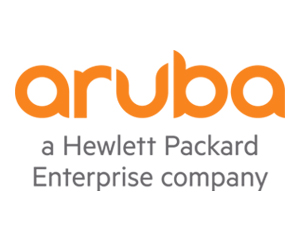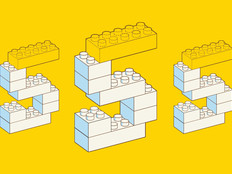Technical complexity is also an issue. Data sources may leverage various protocols, for example, that are not readily accommodated in the existing network infrastructure.
Faced with these varied challenges, higher ed needs a modernized approach to networking architecture.
DISCOVER: Why switches are key for higher education network modernization.
A Modernized Approach to Networking in Higher Ed
What does that look like in practice? A modernized network will have three key characteristics: It will be open, it will be aware and it will incorporate some level of automation.
- Openness: In an ever-changing IT landscape, the networking architecture must be flexible and adaptable. It must accommodate not just Wi-Fi but any number of other protocols. It must support any type of modernized digital transformation initiative within the campus community.
“Openness to working with other technology partners is a huge piece of that,” says Hinkel. “You need a network that is able to work with a wide a variety of IoT vendors and devices.”
- Awareness: The network should be able to give the IT team a high level of operational awareness. It should, for example, be able to sense when new devices attach to the network or when unusual activity occurs.
“You’ve got to have a network that is aware of what’s going on,” says Hinkel. Otherwise, the IT teams that support the network will be overwhelmed with mundane tasks, unable to devote their efforts to higher-level work.
- Automation: A modernized network will not only know what is going on but will also be able to take some automated actions, as defined by the network operator. Automation promises to make network management more efficient and effective.
“Imagine you have thousands of switches in your campus, and now you change some security policy,” says Hinkel. “You would rather just push a button and have that happen on all the switches, automatically, rather than having to manually go to each switch and make that change.”
READ MORE: These emerging AI technologies are shaping higher education.
Aruba Helps with Network Modernization in Higher Ed
Higher education has been one of the largest and most consistent market segments for Aruba since the company’s founding 22 years ago. In a collaborative effort, higher ed leaders serve on a customer advisory council that advises Aruba on emerging needs.
Leading-edge products include a range of indoor and outdoor Wi-Fi solutions, “everything from high-capacity access points to those that can be put in an instructor’s home and still have secure access back to the campus network,” says Hinkel.
Modernized access switching solutions can deliver on the increased power demands common across higher ed today, with automated features and other key capabilities designed to dramatically simplify security.
The network management platform Aruba Central helps IT to automate deployment and gives teams visibility over the entire network. “It provides insight into coverage gaps and other key metrics to drive that improved user experience,” says Hinkel.
Aruba counts over 100 of the 130 R1 research institutions across the globe among its customers. “We understand their needs, and we work hard every day to get them the solutions that will position them for success, today and in the future,” says Hinkel.
Brought to you by:











